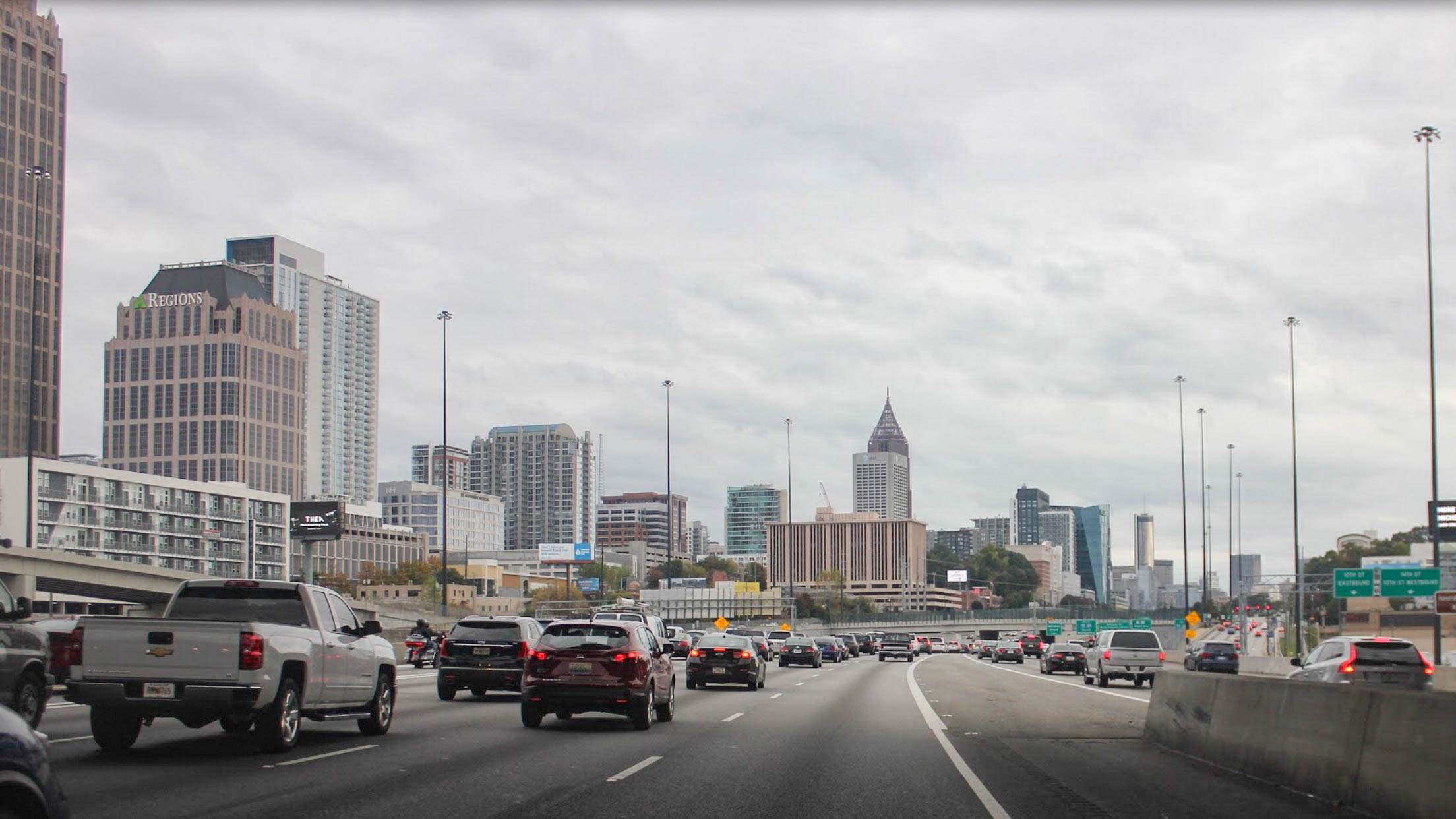The past decade of American political discourse has seen the issue of illegal immigration becoming a prominent talking point, particularly with figures like former President Donald Trump.
While much disagreement exists on whether or not Trump’s more hawkish approach to illegal immigration is the right path forward, it is undeniable that the country is currently grappling with an immigration crisis.
Mainstream thought about the immigration issue often focuses on what to do with the many undocumented immigrants that come to this country every year. While this is a very important issue to consider, what is severely neglected is what the U.S. can do to prevent this problem in the first place.
The most impactful solution is one that sees the U.S. working to uplift the living standards in the regions that produce the most undocumented immigrants.
According to the Migration Policy Institute, at least half of the 1.2 million undocumented immigrants that came to the southern border in 2023 are from Mexico and Central America, namely Guatemala, El Salvador, Honduras and Nicaragua.
The close proximity and economic opportunity of the U.S. offers a viable option for millions of people making the often treacherous journey north to avoid the corruption, poverty and violence that plagues these regions.
Something to note is that Costa Rica and Panama have minimal immigration contributions compared to other countries. Some of the biggest causes of this disparity lie in the fact that they are significantly more prosperous than their neighbors, securing better lives for their populations and making emigration out of their countries less likely.
This prosperity encompasses a variety of factors including Costa Rica and Panama boasting the two highest GDPs per capita in the whole region. Freedom House cites Panama and Costa Rica as generally very democratic, free and stable societies that see regular and peaceful transitions of power, designations that their neighbors to the north still struggle to attain.
While these countries are far from perfect and deal with their own sets of challenges, they have constructed societies that facilitate the adequate growth and development of their populations, leading to their citizens feeling significantly less inclined to seek greener pastures elsewhere.
According to the U.S. State Department, American foreign aid totaled around $60 billion in 2023, of which around 1.25%, just over $750 million, was given to Mexico and the various Central American countries mentioned.
In the past, specifically with the 2014 American Alliance for Prosperity, large targeted investment increases into the region resulted in decreased homicide rates along with greater economic development and growth. Following this program, a historically low number of border crossing apprehensions were reported.
Unfortunately, by 2019 this program had stopped and aid to the region decreased dramatically.
With the American Alliance for Prosperity, the good that targeted American aid can do for those in other countries, as well as the security and well-being of Americans, was demonstrated.
With the incredible resources at the government’s disposal, more than just 1.25% of foreign aid should be allocated to a region so significant to American security.
If Americans want tangible results at the border, they should consider supporting legislation that works to alleviate the root problems in countries that lead undocumented immigrants to come to the U.S. every year.




